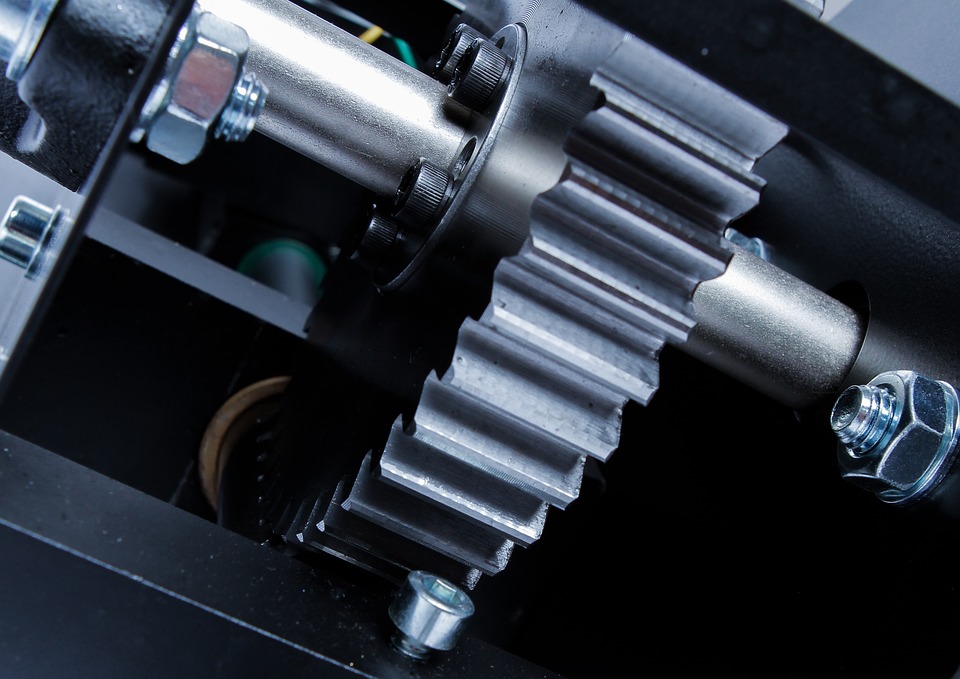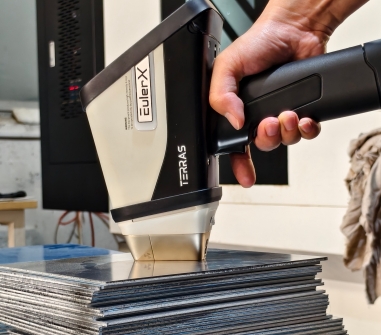
Alloy
A high-tech enterprise focusing on the development and application of X-ray technology products, committed to becoming a leading supplier of X-ray industrial testing solutions.
How XRF Instruments are Changing the Landscape of Material Analysis
X-ray fluorescence (XRF) spectroscopy is a powerful tool that has revolutionized the way scientists and engineers analyze materials. With its ability to quickly and non-destructively identify the elemental composition of materials, XRF instruments are now indispensable in various industries, from manufacturing and environmental analysis to archaeology and quality control. In this blog, we will explore how XRF instruments are changing the landscape of material analysis, their applications, and the advantages they offer.
What is XRF and How Does it Work?
XRF is a non-destructive analytical technique used to determine the elemental composition of materials. When a sample is exposed to high-energy X-rays, it emits secondary (fluorescent) X-rays characteristic of the elements present in the sample. These fluorescent X-rays are measured by the XRF instrument, which identifies the elements and quantifies their concentrations.
The XRF analysis process is simple yet highly effective. The sample is irradiated with X-rays, and the detector measures the energy and intensity of the emitted X-rays. The resulting data is analyzed to identify the types of elements and their relative concentrations in the sample.

Key Applications of XRF Instruments
Material Science and Metallurgy
XRF is widely used in the materials science and metallurgy sectors to analyze metals and alloys. It helps in quality control, ensuring that products meet the required specifications. XRF instruments can rapidly detect trace elements in metals, which is crucial for ensuring that materials are safe and effective for their intended uses, such as in aerospace, automotive, or construction industries.
Environmental Monitoring
One of the most impactful applications of XRF is in environmental analysis. XRF instruments are used to monitor heavy metals in soil, water, and air. For example, they can detect pollutants like lead, mercury, and arsenic in contaminated environments, helping in the cleanup process and ensuring compliance with environmental regulations.
Forensic and Archaeological Analysis
Archaeologists and forensic scientists also rely on XRF for material analysis. The ability to identify elements in artifacts without damaging them is invaluable in the study of ancient civilizations or in criminal investigations. XRF instruments help in the authentication of art pieces, as well as in the analysis of materials found at crime scenes.
Mining and Geology
XRF instruments are commonly used in the mining industry for the analysis of ore samples. They provide fast and accurate elemental analysis, allowing geologists to quickly assess the quality of ores and make decisions on extraction methods. This leads to more efficient mining operations and helps prevent the loss of valuable resources.
Consumer Goods and Electronics
In industries producing electronics and consumer goods, XRF is used to ensure that products are free from harmful substances like lead and cadmium. It helps manufacturers meet regulatory standards, such as those set by RoHS (Restriction of Hazardous Substances), by quickly testing materials used in the production of electronic devices, jewelry, toys, and more.
Advantages of XRF Instruments
Non-Destructive Testing
One of the primary benefits of XRF is its non-destructive nature. Unlike other methods of material analysis, such as wet chemistry or combustion analysis, XRF does not require sample preparation that could alter or destroy the material being tested. This is particularly important in fields like archaeology or forensic science, where preserving the integrity of the sample is critical.
Fast and Efficient
XRF instruments provide quick results, with most analyses taking just a few minutes. This makes them ideal for high-throughput applications where rapid decision-making is necessary. Furthermore, XRF instruments are relatively easy to operate, requiring minimal training for effective use.
Portability
Many modern XRF instruments are portable, allowing for on-site analysis. This is particularly valuable in fields like environmental monitoring and field geology, where samples may need to be analyzed in remote or challenging locations.
Wide Elemental Range
XRF can detect a broad range of elements, from light elements like sodium to heavy elements like uranium. This versatility makes it suitable for analyzing a wide variety of materials, from metals and plastics to soil and rock samples.
Cost-Effectiveness
In the long run, XRF instruments can be cost-effective. The lack of sample preparation, minimal operational costs, and ability to perform analyses on-site all contribute to reducing costs, especially in industries where regular testing is required.
Challenges and Future Trends
While XRF is an incredibly powerful tool, it does have its limitations. For instance, XRF analysis is not as effective for detecting elements in very low concentrations or in complex matrices. Additionally, the accuracy of XRF results can be affected by factors like sample thickness, surface irregularities, or the presence of interfering elements.
However, advancements in technology are addressing these challenges. For example, newer models of XRF instruments are equipped with advanced detectors and improved calibration techniques, increasing their sensitivity and accuracy. Furthermore, as data analysis tools become more sophisticated, XRF results can be processed and interpreted with greater precision.

Terras EulerX900 Handheld Alloy Analyzer
In the future, we can expect even more innovations in XRF technology, such as enhanced portability, improved detection limits, and integration with other analytical techniques like laser-induced breakdown spectroscopy (LIBS) or atomic absorption spectroscopy (AAS). These advancements will further expand the capabilities of XRF instruments and their applications across various industries.
The EulerX900S XRF Spectrometer is a high-performance analyzer that uses XRF technology for quick, non-destructive elemental testing. It accurately identifies metals, alloys, and contaminants, making it essential for quality control, scrap metal processing, and environmental analysis. Built for field use, it features a tough exterior, easy-to-use touchscreen, and wireless support for seamless operation. With detection from Mg to U and adaptable calibrations, it offers lab-standard precision in any location.
Conclusion
XRF instruments have significantly altered the landscape of material analysis, offering a fast, non-destructive, and cost-effective means of determining the elemental composition of materials. From manufacturing and environmental monitoring to archaeology and forensics, XRF technology has become an essential tool in many fields. As the technology continues to evolve, we can expect even more exciting developments that will further enhance the role of XRF instruments in material analysis, helping industries and researchers achieve more precise and efficient results.
Join Us
Subscribe to our email list for updates & promotions.



